
From time-to-time people will ask this question, often convinced it's not needed because they use Facebook or they're a referral business or they have all the work they can handle etc.
Well, those things may all be true and, yet, a solid website and marketing is still critically important.
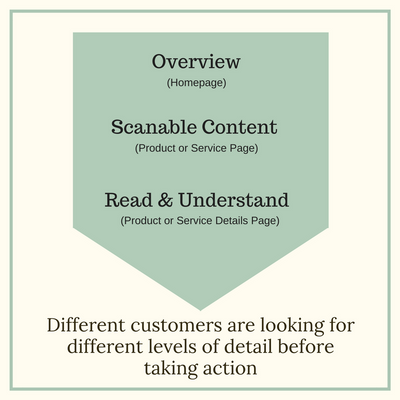
After hundreds of website builds and countless more conversations with local businesses and nonprofits we want to synthesize the core into this guide.
The first step is realizing that you're creating your website for at least 3 different types of visitors, and possibly more:
This idea of progressively revealing information should guide your website structure and content. The homepage is a jumping off point and should prominently feature information for people in the first group while enabling the next two groups to dig deeper.
At the core, every website should include these core pages:
Remember, adding more useful detail is never a bad thing. Simply, make sure your most important information is well presented (with images and formatting) then link deeper to advanced information.

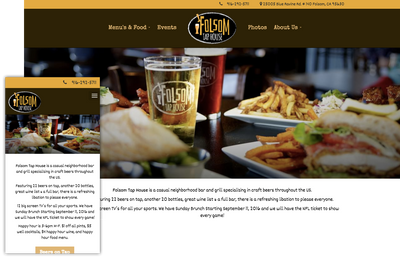
You're renting space from Facebook, Instagram etc and they can and do change the rules regularly. Plus, if you want to rank on Google and Bing a website is important
Your job is to communicate what problems you solve and the benefits your clients receive along with what makes you unique. Like it or not, people tend to think everything (other than what they do, of course) is a commodity or interchangeable.
Keep it simple and make it easy for people to find what they're looking for or solve their problem without having to think more than absolutely necessary.
This means making content scannable, even on this page which is ridiculously long we incorporate different formatting and headers to help you find what's most pertinent.
To that end, your business changes and so should your website. You should be able to make updates to the content of your website.
This may sound scary but if you use a computer or smartphone with any regularity then you should have the technical skills necessary to update content on your website. If you don't, it means there's probably something wrong with your website!
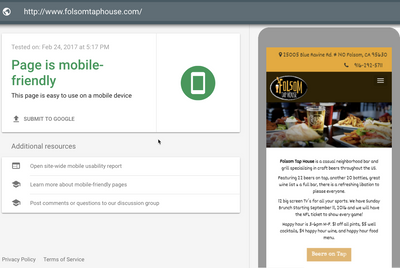
A blog and fresh content acts as a living portfolio, communicates personality and information about who is behind the company, it shares your values, and is killer for SEO (Search Engine Optimization). Continue scrolling for more on blogs >>
This is part of the reason why generic websites for local locations, franchises, agents and branches of larger businesses provide almost zero marketing benefit.
It's also critically important that your website be mobile-optimized as over 60% of websites visits are now completed via mobile and something about google rankings.
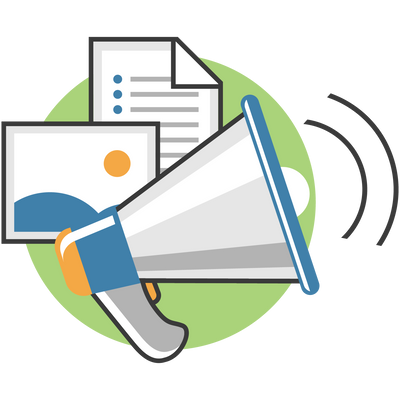
You don't have to be creative to effectively create content for a local business
A CTA helps your website visitor take the next natural step to learn more, contact you, or buy now. Incorporating links throughout your content is an important component (we've done it in this very guide) but that's not enough.
A CTA should be big, bold, clear, and single-minded.
We are busy and easily distracted, especially when we're online, requiring someone to think about what's next is a surefire way to lose people.
Every single page should have a call-to-action with branding pages like your homepage or category pages featuring more than one. Occasionally, you'll use multiple CTAs on longer pages that all point to the same place - this is useful when some people may need more information than others before proceeding.
You'll notice we have a few CTAs on this page and you can create and centrally manage your Calls-to-Action using our CTA Management tool.
CTAs are the corner-stone of turning website visitors into customers but they also help with SEO and, thus, attracting more website customers in the first place.
Don't forget to use CTAs in your email newsletters and many of your social media posts. CTA's are an absolute must on any paid ads whether online or offline.
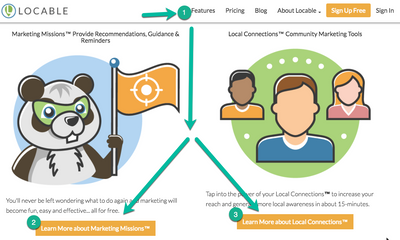

As the Internet has matured and smartphones have taken a leading role in how we access it, web design has simplified a bit. You see less variation in web page layouts and graphical elements with more emphasis on pictures and video.
That said, your content should be the focus and be mindful of color psychology. You also need to ensure your text is readable in both size and color.
Text can be informative but it can also be overwhelming. Thinking about your visitors progression through your site helps you decide where long-form text is helpful and where it's too much. People will read but only once they're engaged and see value. If you've made it to this part of our guide then you know what I'm talking about.
Fonts, can be a subtle yet powerful design asset - explore Google fonts or certain font pairings for inspiration. Likewise, background patterns can enhance the uniqueness and branding of your website.
We've created a local website design lookbook with common modern design elements and ideas.
The lookbook is not exhaustive but browsing should give you an idea things you like and don't like. Nevermind, the Latin text we use as placeholder text.
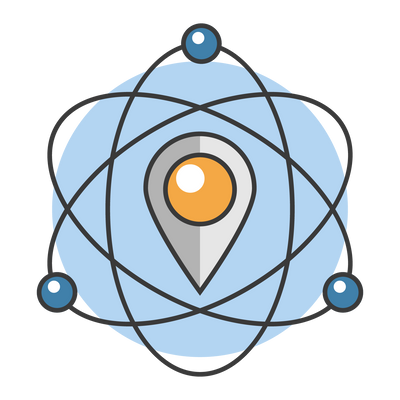
Nothing may be so important to business owners yet so misunderstood as Search Engine Optimization - aka ranking well on google.
At its core, SEO is about solving problems for people when they're searching. If you do this, Google will elevate your website and you'll appear more prominently. This, of course, is where things get confusing.
Let me say this, there is no magic in the system, not anymore, there's no secret formula for ranking on Google. It's simply a matter of creating useful content, making it easy for people (and Google) to find, and spreading the word to show Google that people actually care about it.
Without useful, and fresh, content no amount of optimization will help (it's like multiplying by zero... it's still zero). What makes a good website for customers is, generally, what Google wants to see.
However, incorporating key words and phrases throughout your website is smart. Think about what phrases people may search for to find your services and work those in to your content where they make sense.
Posting meaty content to your blog is infinitely better than posting directly to Facebook and if you want a deeper explanation of how SEO works you can find that here.
Better marketing can lead to more options, more choices, not merely more of what you're already doing.
Finally, don't forget that marketing isn't just about attracting more customers. As we highlighted at the beginning of this guide, marketing well helps you: